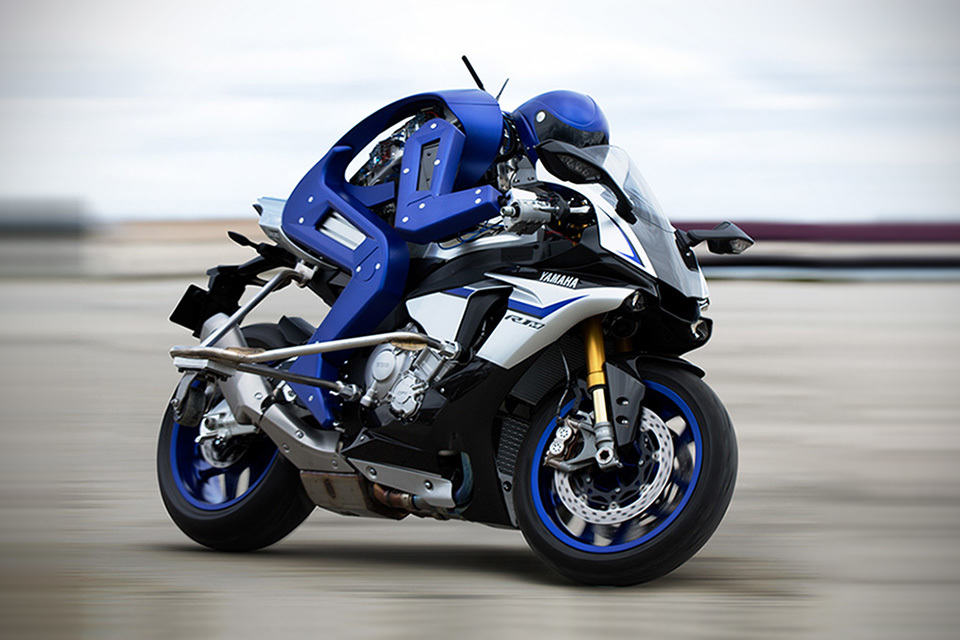It looks like the future of robots is headed towards the ‘organic’ route. In a new research published in Nature by scientists from Cornell University and the University of Pennsylvania, it details the development of a soft robotic fish, a lion fish of sort, that is powered by what could only be describe as “artificial blood.” It uses no solid state battery like many robots use today. It uses a fluid battery that serves both as a hydraulic force transmission and a fluid battery.
This allow both two functions, i.e. movement and energy storage, to be perform with a single system. It is a synthetic vascular system that, in simple terms, could be view as the lifeline of the robot. The fluid present inside the system, along with the system that enables the autonomy, is equivalent to the blood humans need to continue living. This robotic lion fish has pump that is no different than our heart that is the force behind our blood circulation.
It is far from an organic system, but it is close enough to freak anyone out. The idea behind this “blood-powered” fish is to explore new ways to store energy that is used to power a robot. The goal is to enable greater autonomy and energy storage efficiency in robots. So, what’s the endurance like? Well, tests have determine that it could swim for as long as 36 hours and even taking on current head-on, albeit at a rate of just 1.5 body lengths per minute.
Though, to be fair, we are sure how strong a current it was subjected to. Hell, we don’t even know how actual lion fish does against similar current. What this development means is, the robot of future could operate longer without packing a ton of batteries which will ultimately weight it down. That’s not to mention the inevitable increase in physical size. This also means, the robots of the future can be made a lot softer and has dexterity that we once only dream of.
If you throw in advanced AI and perhaps, even go on to develop some kind of artificial muscles and tendons, future robots could be more sophisticated than James Cameron had imagined.
Images: James Pikul/YouTube (NPG Press).
Source: Gizmodo.




